IoT LED
A new generation of IoT LED lighting with integrated electronics
Intelligent lighting
- All in one IoT LED, no driver needed
- Optimal for lighting control
- Smart lighting technology built into your product
As the demand for energy-efficient and environmentally friendly solutions continues to grow, the OptoDrive modules are an ideal solution for lighting manufacturers looking to integrate IoT and smart, connected lighting into their offerings. Our modules have been developed with ease of use in mind, making it easy for lighting manufacturers to integrate them into a wide range of fixtures.
Do you want to know more about IoT LED?
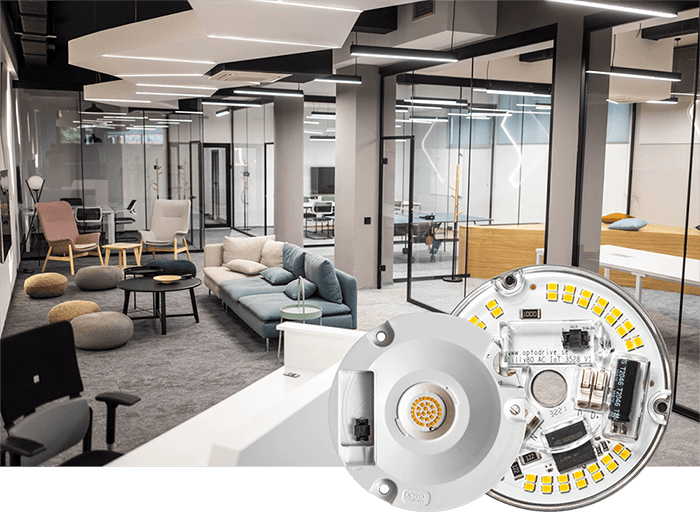

What is IoT?
The Internet of Things (IoT) are objects embedded with electronics, software, sensors and connections that give them a higher degree of customization via, for example, app control. They can also exchange data with other devices each other. In the context of lighting, IoT LED is changing the way we think about and manage lighting systems.
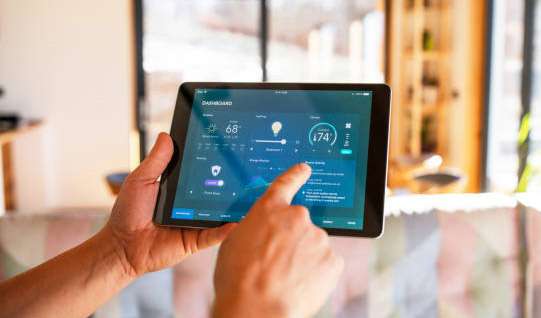
Energy efficient
The OptoDrive modules an incredibly energy-efficient solution for lighting manufacturers who want to integrate IoT and smart, connected lighting into their offerings. Our modules are compatible with popular smart lighting protocols such as DALI, Casambi, Ingy and more, so you can easily integrate them into your existing system.
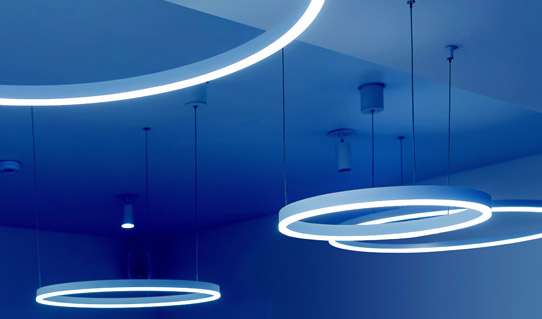
Everything is possible
These modules enables manufacturers to easily incorporate advanced features into their fixtures. Whether it’s about creating a tailored atmosphere or automating lighting, the OptoDrive modules make it all possible. The modules also provide advanced monitoring and control capabilities, enabling users to remotely control lighting anywhere, anytime.
Range of IoT LED lighting
Recommended products
Questions about IoT?

Reduce energy consumption with IoT LED lighting
LED lighting significantly reduces energy consumption by utilizing smart controls and sensors. These systems adjust brightness based on occupancy and natural light, ensuring optimal energy usage at all times.
Cost savings and carbon footprint impact
Implementing smart lighting not only lowers your carbon footprint but also leads to substantial cost savings on electricity bills. These savings can be reinvested into other critical business areas, benefiting both the environment and your bottom line. To get started, assess your current lighting setup and identify areas where IoT LED lighting can be integrated. Consider working with experts to design a system tailored to your needs.
Checklist for implementation
- Evaluate the lighting infrastructure
- Choose IoT-compatible LED fixtures
- Integrate smart sensors and controls
- Test the system for optimal performance
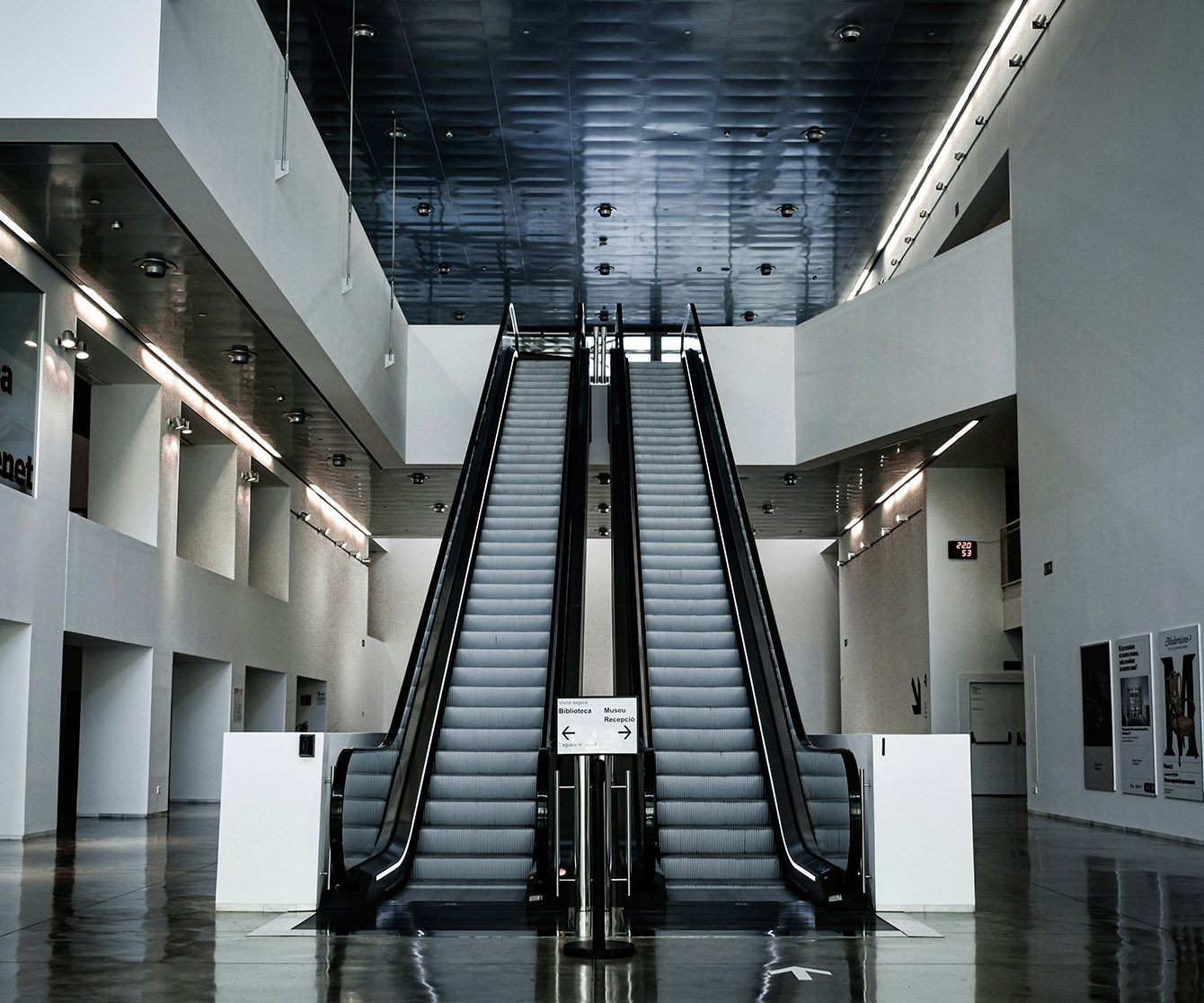

Optimizing business operations with smart LED solutions
Smart IoT LED lighting solutions automate lighting controls, reducing manual intervention and ensuring consistent lighting conditions. This automation enhances operational efficiency and reduces maintenance costs through predictive capabilities.
Improving productivity and data insights
Proper lighting is crucial for employee productivity. LED systems offer adjustable lighting levels that can be customized to different tasks, improving work performance. Additionally, these systems generate valuable data on energy usage and lighting patterns, aiding in informed decision-making.
Integrating sensors and bluetooth in smart LED systems
Sensors provide real-time data on occupancy and light levels, allowing for precise control over lighting. Bluetooth technology enables seamless communication between fixtures and control systems, offering easy adjustments and automation without extensive wiring.
Benefits and future-proofing
Integrating sensors and bluetooth in IoT LED systems enhances energy efficiency, user comfort, and reduces installation costs. This approach ensures your lighting system remains adaptable and scalable, preparing your business for future innovations in smart lighting.
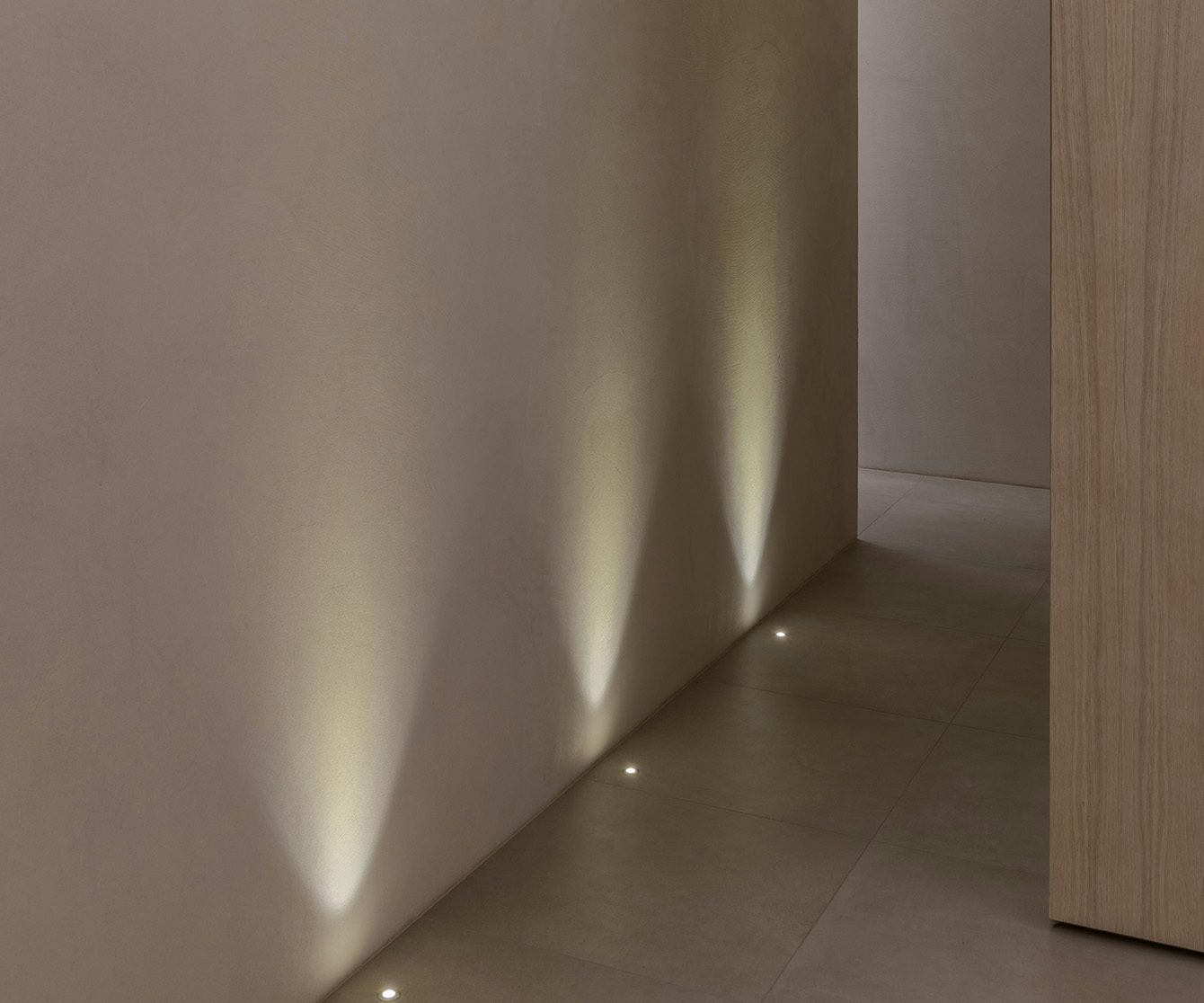
Historical overview of IoT in LED lighting
The integration of Internet of Things (IoT) technology with LED lighting systems marks a significant development in the field of smart lighting. The integration of IoT technology with LED lighting, which marks a pivotal shift in the lighting industry, has evolved over several years. The adoption of IoT in LED lighting systems became more pronounced and became more of a standard solution in public spaces and some lightning products around the early 2010s. This period saw a rapid advancement in both LED technology and IoT infrastructure, facilitating the wider use of these integrated systems in various sectors of society.
The primary impetus for the initial adoption of IoT in LED lighting was the quest for energy efficiency and cost savings. LED technology inherently reduces energy consumption compared to traditional lighting solutions. When combined with IoT, these systems offered unprecedented control over lighting usage, further enhancing energy savings. The ability to remotely monitor, manage, and adjust lighting systems in real-time added a new dimension to energy management, making it a compelling reason for its adoption.
Defining IoT technology
The Internet of Things (IoT) refers to the network of physical objects—’things’—that are embedded with sensors, software, and other technologies for the purpose of connecting and exchanging data with other devices and systems over the internet. These devices range from ordinary household items to sophisticated industrial tools.
IoT in LED lighting
In the context of LED lighting, IoT involves the enhancement of lighting systems with network connectivity and intelligence. This integration allows LED lights to communicate with the IoT network, facilitating advanced features such as remote control, environmental response, and data analytics. IoT-enabled LED lighting systems thus offer more than illumination; they provide a platform for intelligent environmental interaction.
Everyday applications with automatic lighting
IoT-enabled lighting is increasingly prevalent in everyday settings. Examples include adaptive street lighting systems that adjust brightness based on real-time data, and home lighting systems that can be controlled and customized via smartphones. These applications illustrate the practical benefits of IoT in lighting, enhancing energy efficiency and user experience.
Professional applications of smart LED lights
In professional settings, IoT-enabled LED lighting systems are being employed to improve energy efficiency, enhance workplace environments, and reduce operational costs. Retail spaces, for example, utilize IoT lighting for dynamic ambiance control, while corporate offices employ these systems for energy management and to enhance employee productivity.
Improving manufacturer offerings with IoT LED Lighting
Lighting manufacturers can enhance their product offerings by incorporating IoT technology into their LED lights. By doing so, they transition from selling mere lighting fixtures to providing intelligent lighting solutions. IoT-enabled lights offer advanced features such as programmability, responsiveness to environmental conditions, and data analytics capabilities, thereby adding value to clients’ operations.
10 advantages of IoT lights over traditional lighting
- Improved energy efficiency: IoT-enabled systems optimize energy consumption, leading to cost savings and environmental benefits.
- Adaptive lighting: These systems can adjust lighting based on natural light availability and occupancy, enhancing comfort and efficiency.
- Enhanced security: Integrated with security systems, IoT lighting can contribute to safety and emergency response protocols.
- Data collection and analytics: IoT lights serve as data points, providing insights into usage patterns and environmental conditions.
- Remote control and automation: IoT lighting allows for remote operation and automation, increasing convenience and efficiency.
- Customization: Users can personalize lighting settings to suit specific needs and preferences.
- Predictive maintenance: IoT technology enables proactive maintenance, reducing downtime and maintenance costs.
- System integration: IoT lighting can be integrated with other building management systems for a cohesive approach to facility management.
- User experience: Smart lighting systems can improve the overall user experience through features like mood lighting and circadian rhythm support.
- Sustainability: IoT lighting contributes to sustainability goals by reducing energy consumption and carbon footprint.
 info@optoga.com
info@optoga.com +46 589 490 950
+46 589 490 950

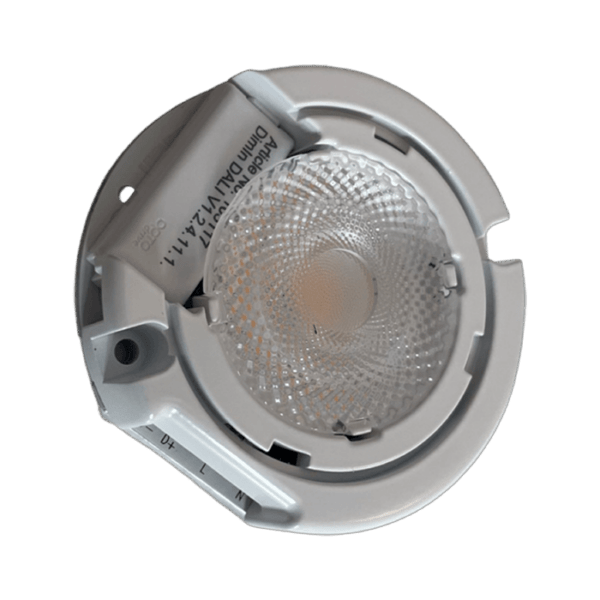


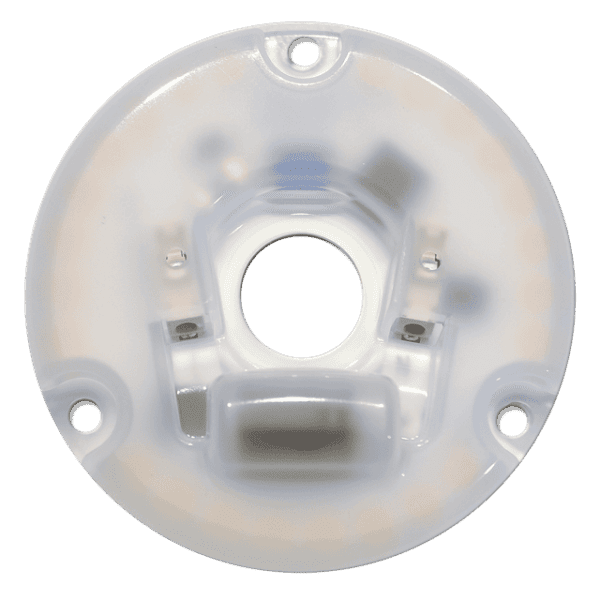
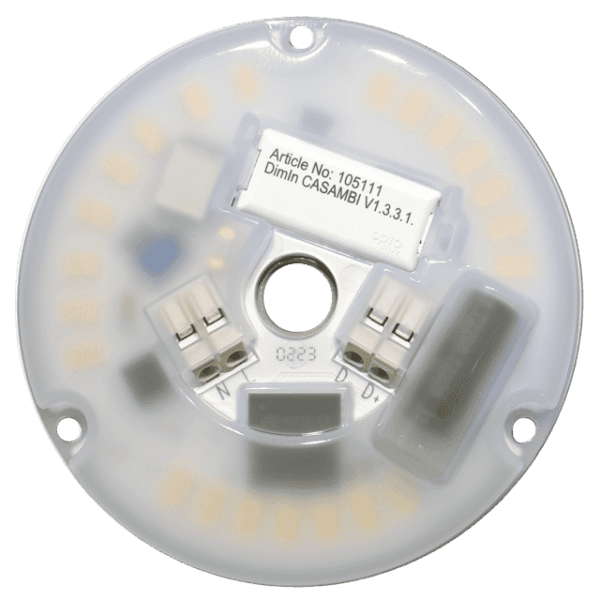
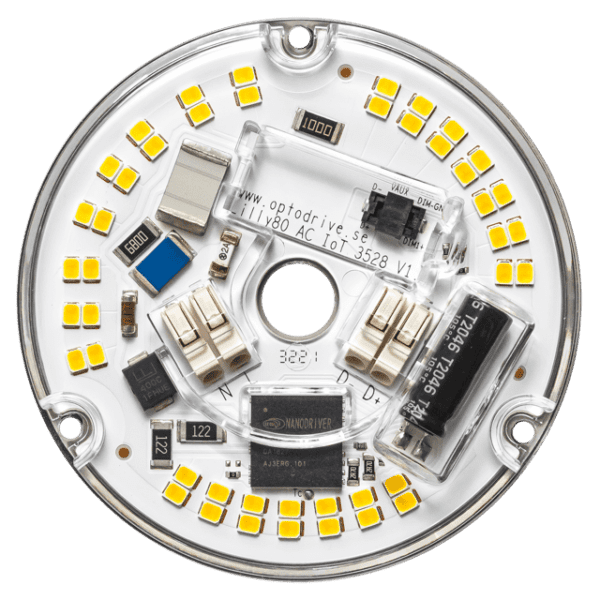
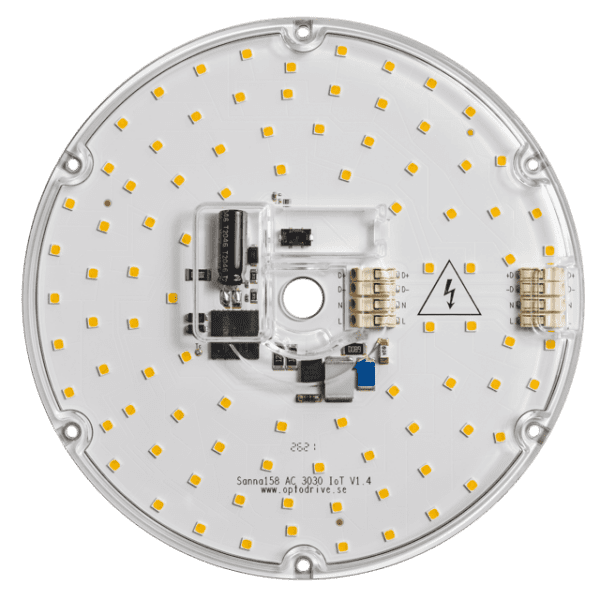

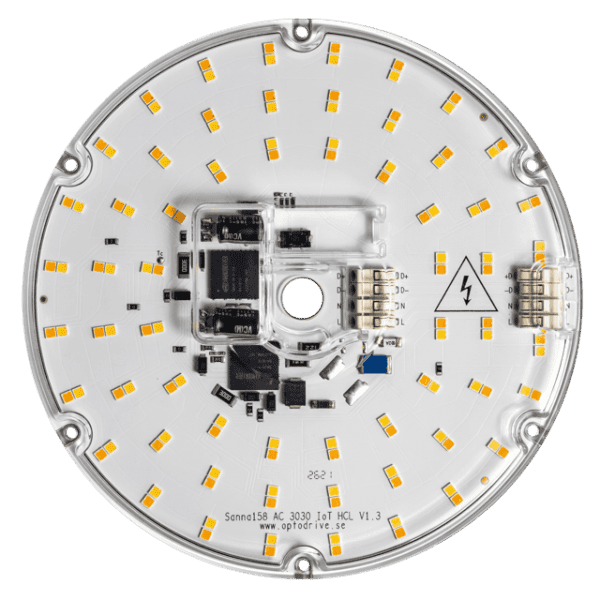
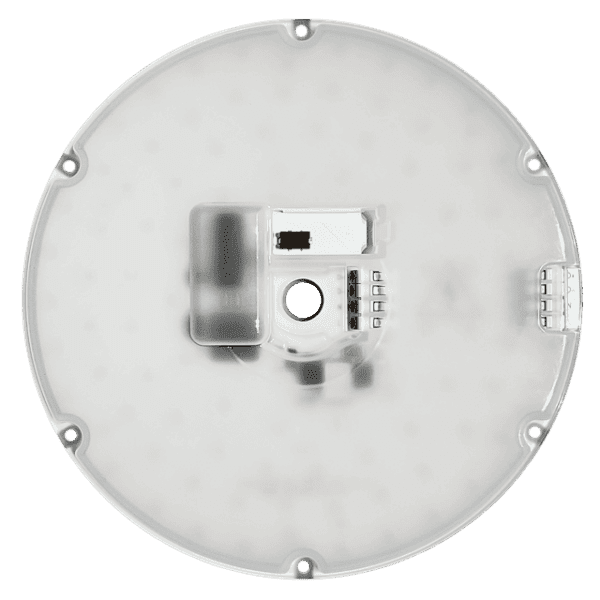


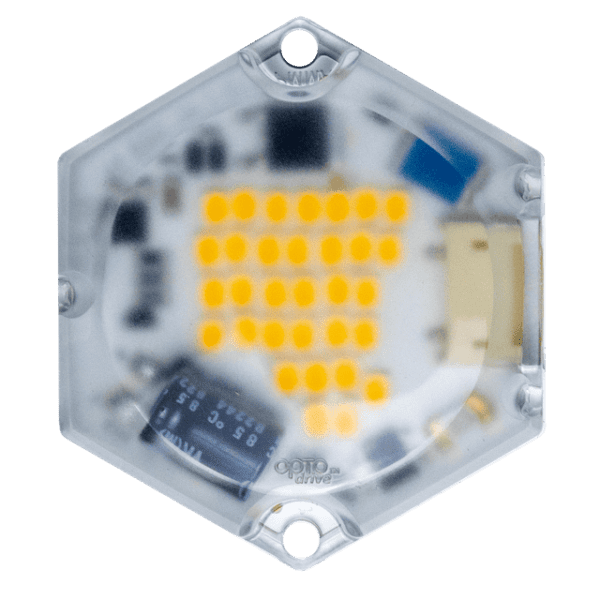
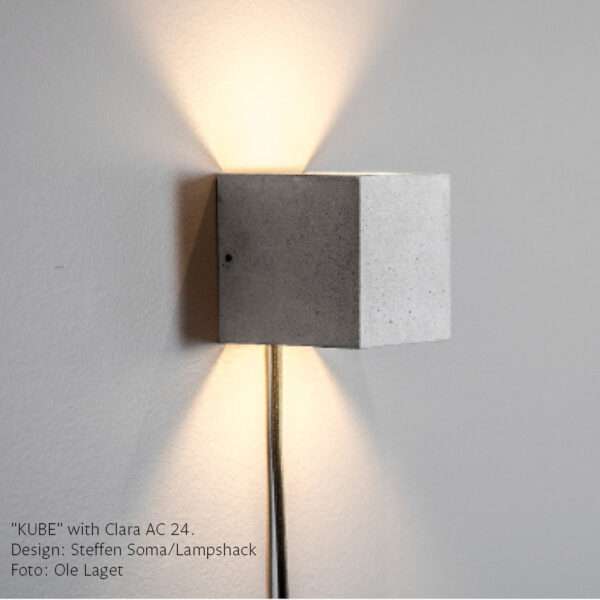




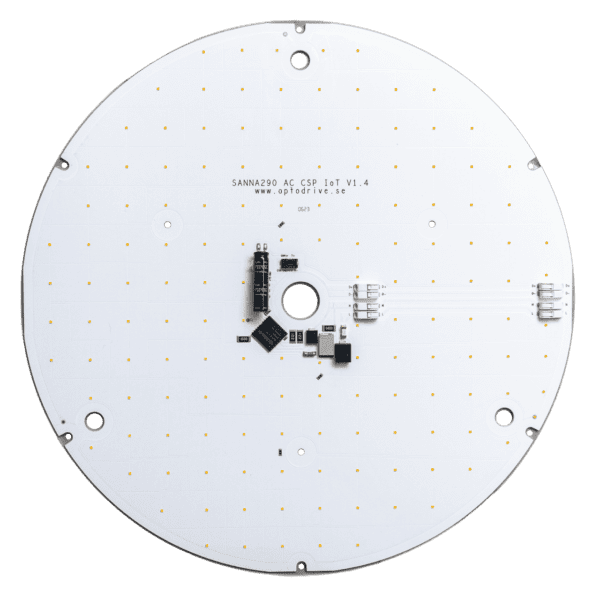


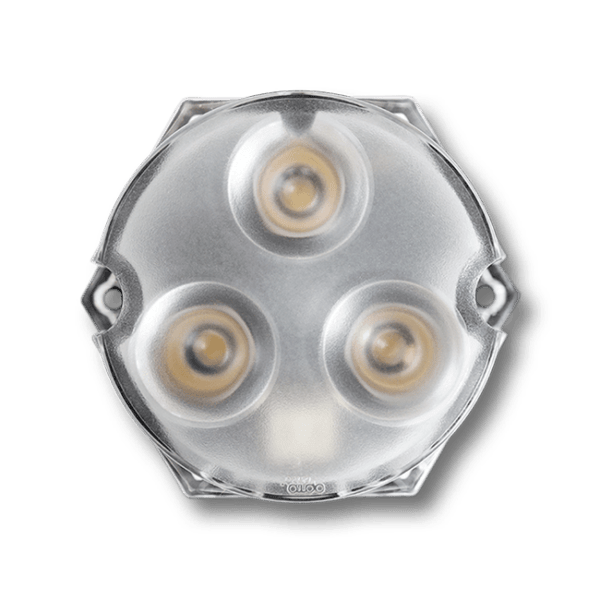
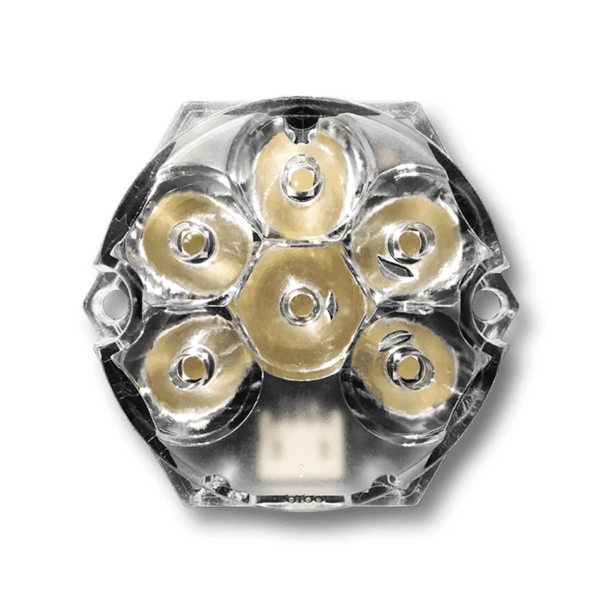

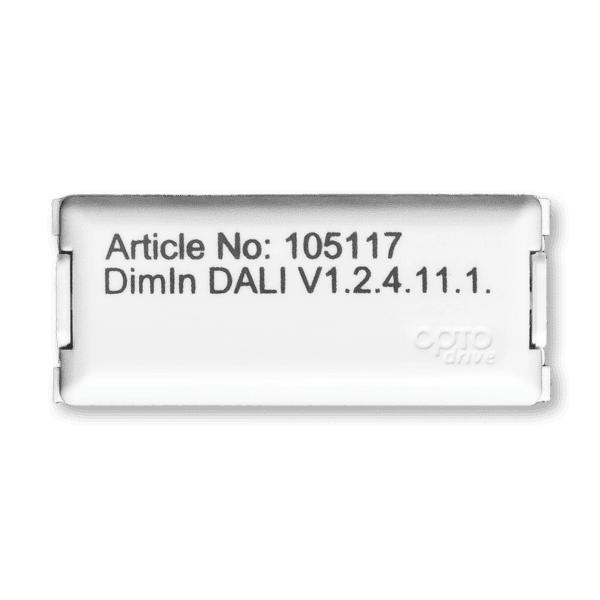
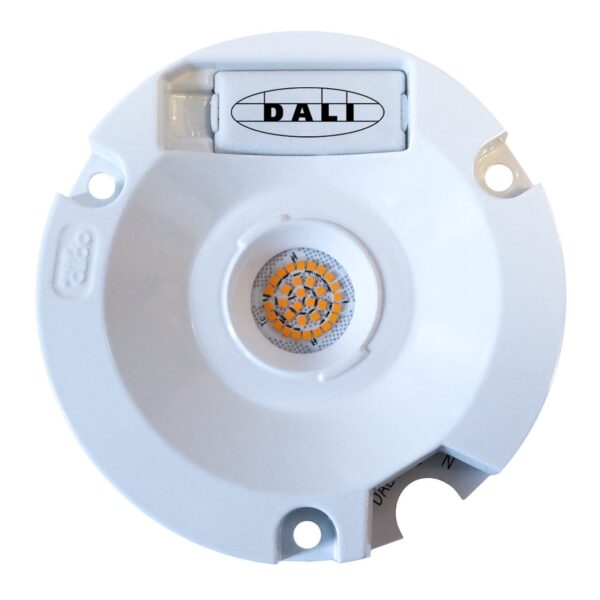
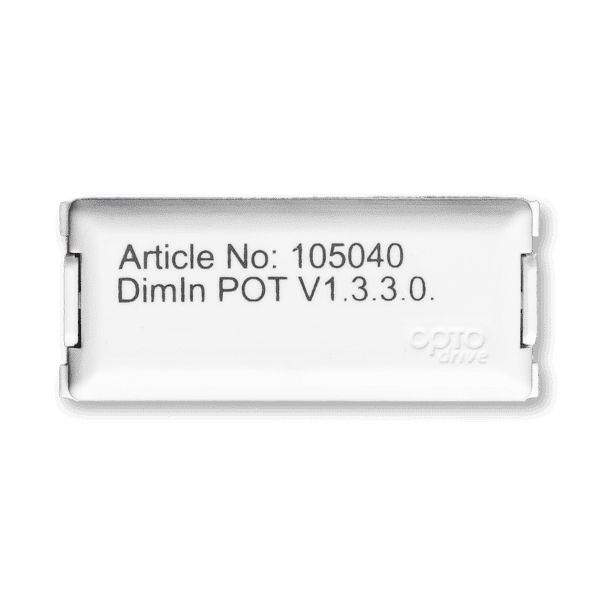





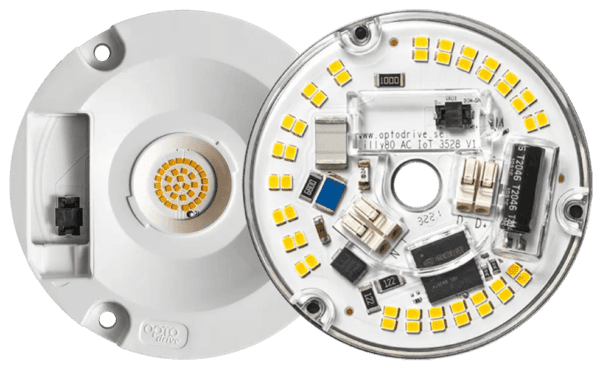

 info@optoga.com
info@optoga.com +46 589 490 950
+46 589 490 950